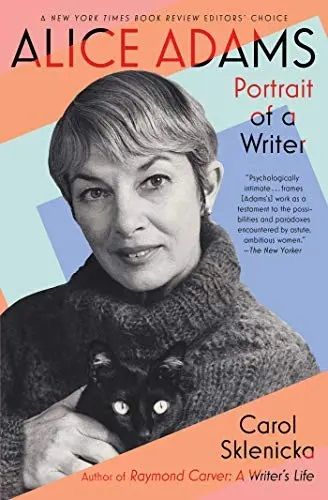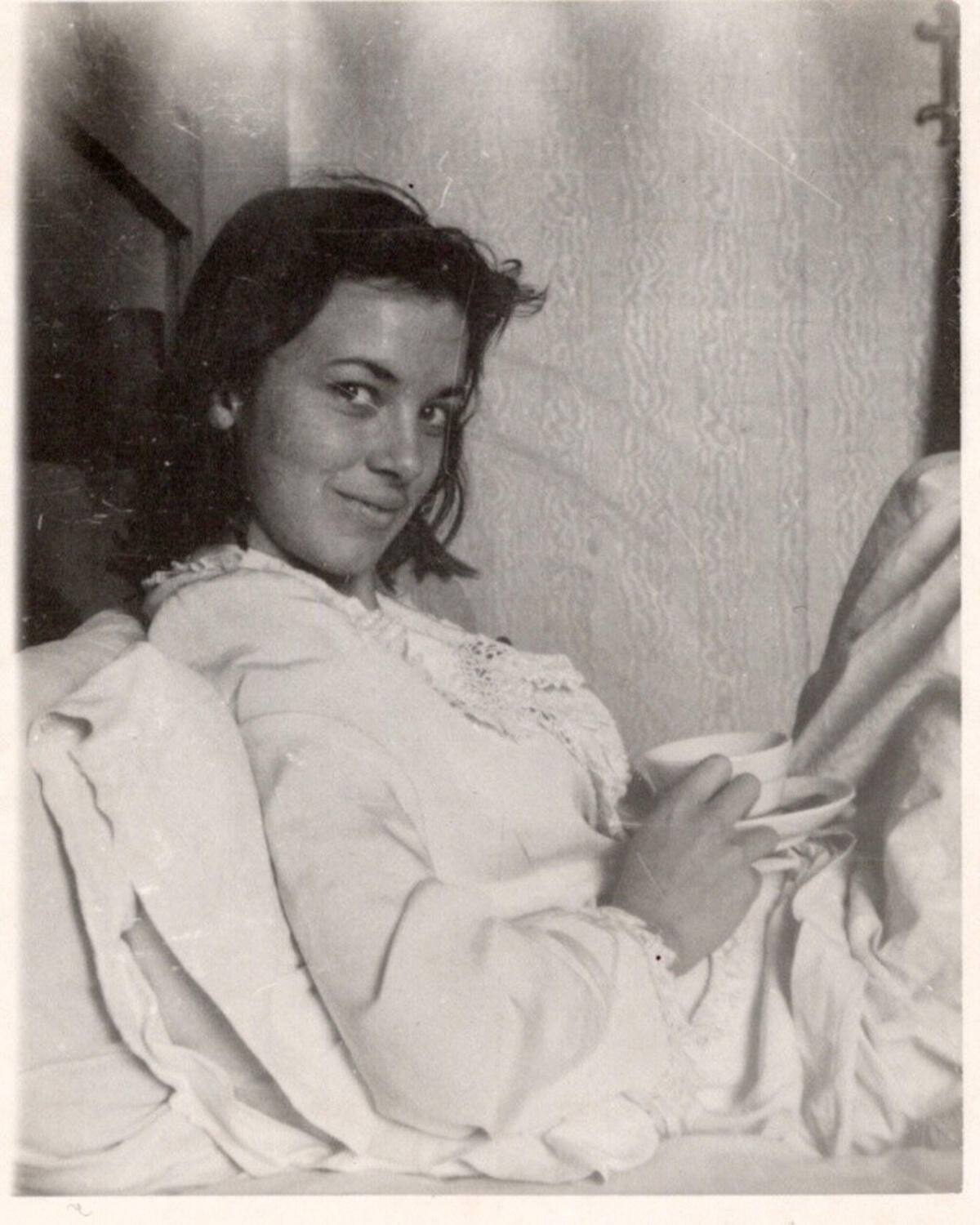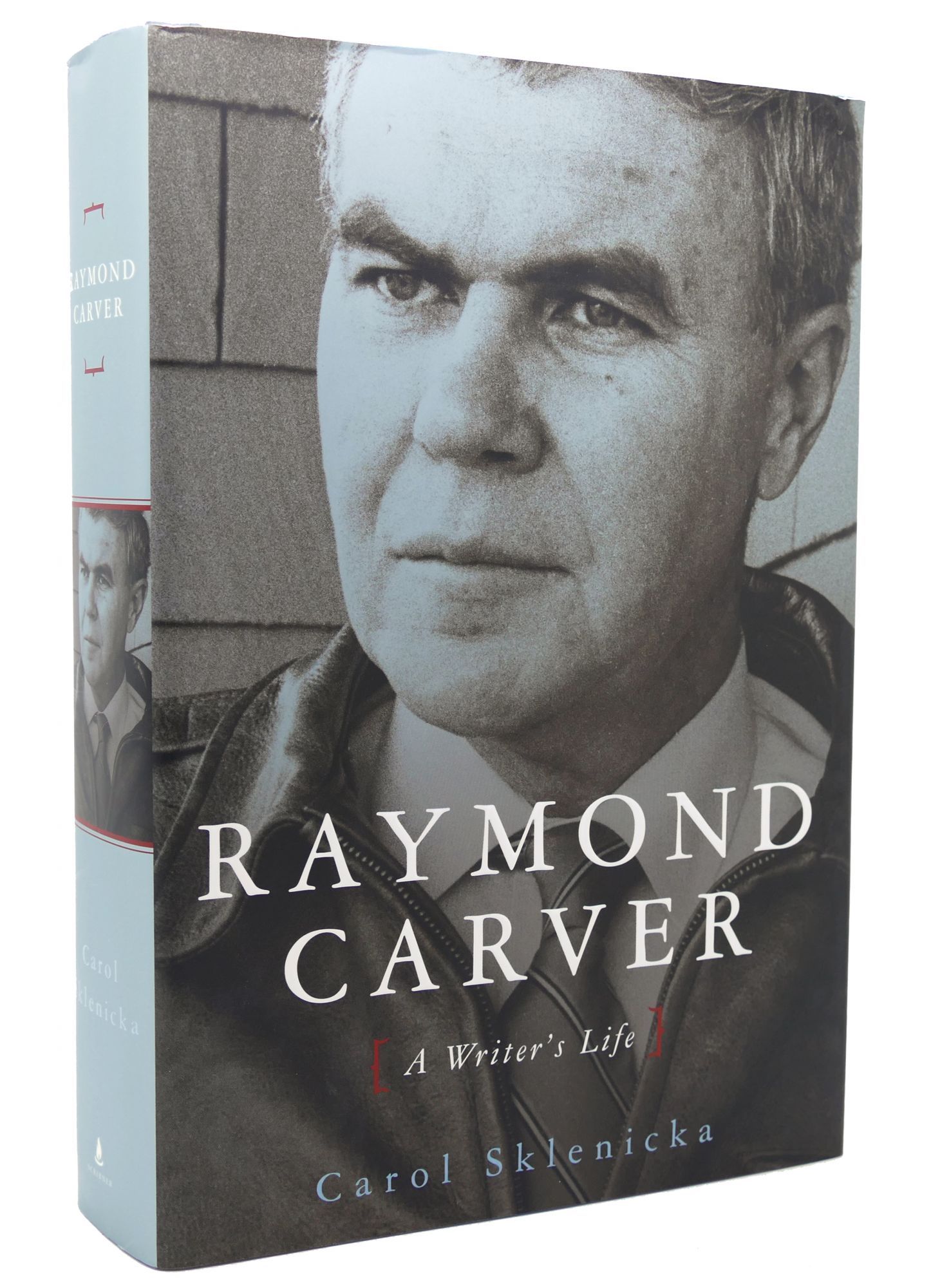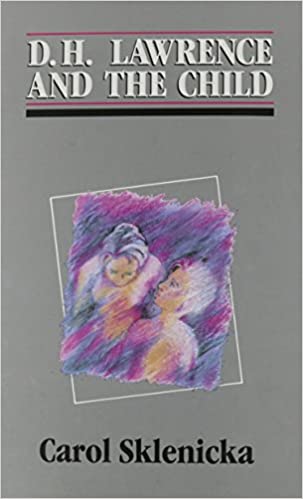CAROL SKLENICKA Interview

"I became a biographer." - Carol Sklenicka
I was honored when Carol Sklenicka agreed to an interview. Her critically praised biographies Alice Adams: Portrait of a Writer and Raymond Carver: A Writer’s Life, both published by Scribner, derive from her fascination with interconnections between life and art.
Her Alice Adams was chosen by The New York Times as one of “Nine Books to Watch for in December” of 2019, while the Times Book Review named her Raymond Carver one of the “Best 10 Books of 2009.”
Sklenicka earned a Ph.D. at Washington University in St. Louis and taught literature and writing at the Milwaukee Institute of Art and Design and Marquette University. Now she lives in Sonoma County, California.


Dan: Your writing always feels personal to me and urgent. You have a great feel for story. How did you evolve into a biographer?
"... and require both storytelling and literary criticism."
Carol: I’ve been writing since I retreated from adolescence into the journalism room at Santa Maria High School (California) in the mid-Sixties. I wasn’t yet much of a reader but some inspiring college professors changed that. My English major led to teaching high school. That wore me down after three years, so I tried out grad school at the Bread Loaf School of English, then enrolled at Washington University in St. Louis; there I studied with brilliant and kind Naomi Lebowitz, brilliant but difficult Stanley Elkin, and wise and avuncular Howard Nemerov.
I finished my Ph.D. with a thesis about D. H. Lawrence and wrote short stories (some published and prize-winning) and a novel (unpublished). You would be wrong if you think these facts reflect a career plan. My moves were determined by my first marriage, a divorce, my second marriage with the poet R. M. Ryan, and our two children, and my determined but unfocussed literary ambition.
I’d read Will You Please Be Quiet, Please? by Raymond Carver when it first came out. It occurred to me that writing a biography of Carver would let me revisit my west coast roots and require both storytelling and literary criticism. I became a biographer.

Dan: I was very moved by your biography of Alice Adams. You vividly described her dedication to the craft of fiction writing and her sustained battle for a place at the literary feast while she was discounted by other writers like Mailer and multiple male editors and agents. In the right hands, I think this biography would make a wonderful movie. I knew some of Adam's short stories from anthologies, but I had no idea what a pioneer she was. What drew you to Alice Adams as a subject?
"Adams was fascinated by memory, as I am."
Carol: From doing my biography of Carver I’d learned: how difficult it was for a working-class guy to make it in the literary world, how to resist an opposed estate, how bad severe alcoholism can get. I decided my next subject would be a woman--and not an alcoholic. I was interested in the San Francisco area because I’d recently moved to northern California. When I reread Alice Adams’s first story collection, Beautiful Girl, I was blown away by the subtlety and innovation of those stories. Adams was fascinated by memory, as I am. She ignored rules that writers who came up through the workshop system observed. The richness and complexity of her life (still then undocumented) were evident in the confident narration and brilliant layering of her best stories. Research showed me what grit it took for her to survive the indignities of the mid-century and become a feminist pioneer.

Dan: You interviewed me for your Raymond Carver biography. (I was Ray's friend for a few years when he was still drinking.) Carver was a master at keeping his friends in different silos. I was impressed by how you gathered your information and how thorough you were. Your book is definitive. I personally know that, but honestly do not know how you did it. My question is, after you have chosen your subject, how do you begin your research? Do you start with interviews? Do you start with their papers? How do you do it?
"A couple of them believed in what I was doing and helped me."
Carol: I started with what was published—Carver’s own work, some interviews and profiles. There was a picture book called Carver Country: artistic, mostly black and white photos in the mode of Walker Evans. A fine book but it did not tell me how Carver with his fierce writing ambitions emerged from that place and those people. So I went to Yakima, Washington. A newspaper reporter who barely knew Carver showed me around. Over several trips, I found and interviewed people who hadn’t rehearsed their stories. There were tunnels between the silos. One person sent me on to another. It was an exercise in suspending judgment while at the same time hoisting myself up for a wider view. The people who knew Ray as a drunk were more willing to talk than those who knew him later but eventually hundreds of people talked. A couple of them believed in what I was doing and helped me find the support I needed from the publishing world.

Dan: I read your analysis of D.H Lawrence's use of children and child imagery in your book D.H Lawrence and The Child published by the University of Missouri Press. In order to write that book, it seems to me you had to deeply know and understand the details of his life. It is, in a sense, a biography, but one where you challenged yourself to delve deep into the inner life of a writer. How did writing that book prepare you to write your other biographies? And also, what do you recommend to other writers who are interested in writing biographies? How should they begin?
"... that book and Lawrence himself taught me about persistence."
Carol: No one ever asked me this before! When I met Colin Harrison, who edited Raymond Carver, he said it was important that I’d actually finished a book before. Otherwise, he said, he wouldn’t believe that I could finish this one. I think that book and Lawrence himself taught me about persistence. But my question in choosing the topic for my dissertation (which become this book) was: how could Lawrence, a man who had no children and was obnoxiously jealous of his wife’s love for hers, write so beautifully about the interior lives of children? Paul Morel in Sons and Lovers is a version of Lawrence, but what about my favorite, luminescent Anna Brangwen in The Rainbow? How did he do it? Pure feeling and imagination, I suppose.
Dare I say the obvious? Someone interested in writing biographies should read many biographies, and find models. They should choose a subject they really want to know about but also check around to see if anyone else is already doing that subject. They could join the Biographers International Organization (biographersinternational.org) which offers conferences and panels and a roster of biographers, including myself, who do freelance coaching and editing. It’s a welcoming group for writers inside and outside of the academy who want to write about politicians, artists, scientists, and entertainers. The focus is on the craft rather than the subjects.
Dan: Thank you so much for your time, Carol. It was a pleasure.
Alice Adams: Portrait of a Writer and Raymond Carver: A Writer’s Life are available on Amazon, on other bookselling platforms, and on order through local bookstores. D.H. Lawrence and The Child is available on the University of Missouri Press website. Carol Sklenicka can be followed on Goodreads / Twitter @carolsklenicka1 / on Facebook at carol.sklenicka / the Facebook Alice Adams fan page is at AuthorAliceAdams.
(Book, music, & screen reviews, & interviews, & fiction are in play at dandomench.com - a forever free secure site with the highest standards of privacy available. Your free login is your email and name - the only information the site retains. Your participation is not public. You are never tracked or your email shared. Thank you if choose to contribute. Your payment information is never stored here. Add this website to your address book or drag the newsletter from your spam folder to your primary folder so we can stay in touch. You can contact me at dandomench@gmail.com. I will respond as quickly as possible. Thank you!)
